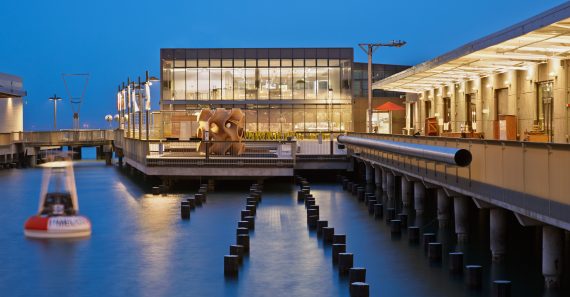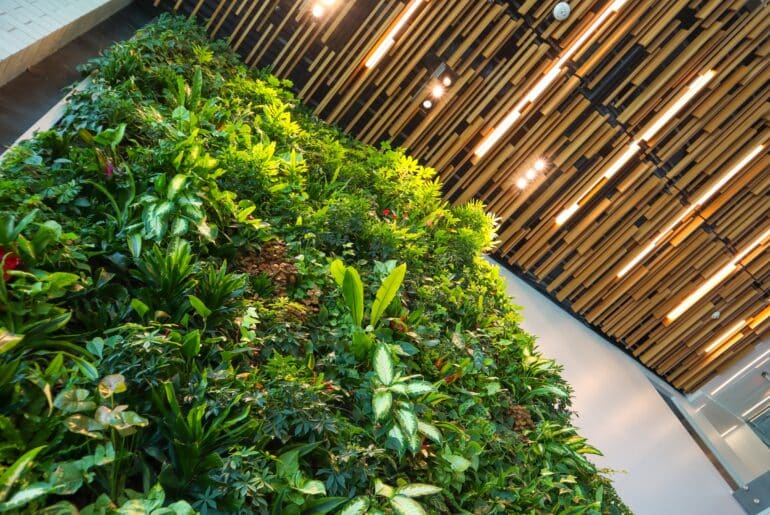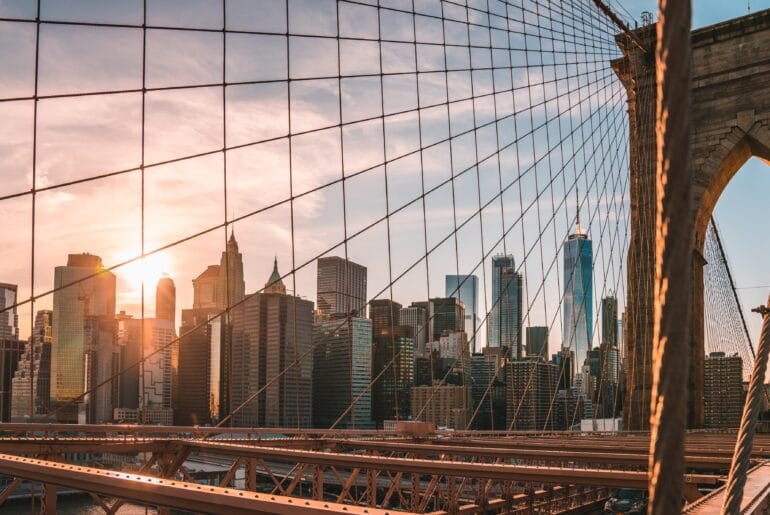San Francisco’s Exploratorium is not just an international science learning mecca, but an incredibly innovative LEED Platinum building; powered by the sun, climate-controlled by the Bay, and designed to produce as much energy as it consumes. It also happens to be a convenient 60-second walk from stok’s San Francisco office.
stok originally provided LEED consulting for the project, and was psyched to be asked to contribute to a recent all-day sustainability charrette at the Exploratorium. The purpose? To help design a series of hands-on exhibits that will help the museum’s 12 million+ annual visitors learn even more about the science of building design and climate change.
Brainstorming ways to articulate building science proved to be almost as challenging as applying it to the Exploratorium’s design in the first place, but the charrette yielded some exciting ideas for exhibits on some of the building features outlined below. The Exploratorium will next review the ideas and implement a plan to bring a collection of them to life – stay tuned!
In the meantime, drop us a line if you’d like to join us for an After Dark event at the Exploratorium on a Thursday night sometime soon.
A Sampling of High Performance Building Features at The Exploratorium
Bay Water Heating and Cooling System
This is the system that regulates the museum’s indoor temperature. Bay water is first filtered and cleaned, then pumped through a heat exchanger. For cooling, it enters a loop circulation system on the other side of the heat exchanger. Heating is provided by passing the clean closed water loop through electric heat pumps. The heated or cooled water is pumped through a loop of serpentine pipes in the floors, providing heating and cooling throughout the museum.
Solar Power
5,874 high-efficiency solar panels have been installed on the building’s low sloped south-tilting roof, which serves as the perfect platform for the 1.4 MW of photovoltaic panels. The solar system has the capacity to generate enough power to provide energy to more than 1,000 average American homes each year, and is equivalent to removing 5,910 cars from California’s highways.
Water Conservation
The Bay Water Heating and Cooling System will save two million gallons of water annually by avoiding the use of evaporative cooling towers for heat rejection. In addition, 16% of the water collected from roof runoff will be reused for toilet flushing; the rest will be filtered and returned to the bay. The building also features waterless urinals and low flow plumbing fixtures.
Daylighting
The 700 ft long pier building is situated East-West, allowing for significant daylighting. The museum operates without lights for 50% of a typical day, which contributes to the overall efficiency of the project. The project’s lighting power density is 0.78 watts per square foot, including all building mounted exhibit lighting loads. The lighting systems are controlled through fully programmable breakers, occupancy and daylight sensors, and low voltage control stations.
[DISPLAY_ULTIMATE_PLUS]



